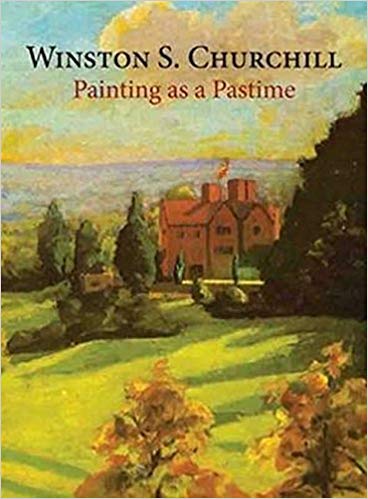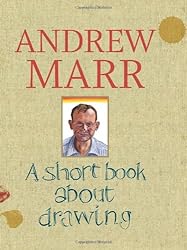Yesterday we went Barter Books in Alnwick, my favourite bookshop (this is a secondhand bookshop where you can ‘swap’ books for credit that you can then use to get more books from the Barter Books shelves). It’s only the second time we’ve visited since January 2020 before the first lockdown.
It’s almost back to ‘normal’ now, so there was no queue to get in. Some people, but not all, were wearing face masks and it was busy, busier than I would have liked and in some sections such as crime fiction and paperback fiction in particular where the bookcases are close together, people were crowded together choosing books, so I didn’t linger, as I would normally do. Consequently I didn’t get any crime fiction books. I did manage to get three historical novels, seizing the opportunity when people had moved away.
I took back 18 books and brought home 6, so I’m still in credit:
The descriptions are from Amazon and from top to bottom the books are:
The Silence of the Girls by Pat Barker, the first book in the Troy series.
There was a woman at the heart of the Trojan War whose voice has been silent – until now. Discover the greatest Greek myth of all – retold by the witness that history forgot . . . Briseis was a queen until her city was destroyed. Now she is a slave to the man who butchered her husband and brothers. Trapped in a world defined by men, can she survive to become the author of her own story?
The King’s Witch – this is historian, Tracy Borman’s debut novel.
As she helps to nurse the dying Queen Elizabeth, Frances Gorges longs for the fields and ancient woods of her parents’ Hampshire estate, where she has learned to use the flowers and herbs to become a much-loved healer.
Frances is happy to stay in her beloved countryside when the new King arrives from Scotland, bringing change, fear and suspicion. His court may be shockingly decadent, but James’s religion is Puritan, intolerant of all the old ways; he has already put to death many men for treason and women for witchcraft.
So when her ambitious uncle forcibly brings Frances to court, she is trapped in a claustrophobic world of intrigue and betrayal – and a ready target for the twisted scheming of Lord Cecil, the King’s first minister. Surrounded by mortal dangers, Frances finds happiness only with the precocious young Princess Elizabeth, and Tom Wintour, the one courtier she can trust.
Nucleus by Roy Clemens – the second in the Tom Wilde series. I’ve already read book 1, Corpus and book 4, Hitler’s Secret.
June 1939. England is partying like there’s no tomorrow . . . but the good times won’t last. The Nazis have invaded Czechoslovakia, in Germany Jewish persecution is widespread and, closer to home, the IRA has embarked on a bombing campaign.
Perhaps most worryingly of all, in Germany Otto Hahn has produced man-made fission and an atomic device is now possible. German High Command knows Cambridge’s Cavendish Laboratory is also close, and when one of the Cavendish’s finest brains is murdered, Professor Tom Wilde is drawn into the investigation. In a conspiracy that stretches from Cambridge to Berlin, and from the US to Ireland, can he discover the truth before it’s too late?
The Sound of Laughter: the Autobiography of Peter Kay – this is my husband’s choice, but I like Peter Kay too, so I’ll probably read this one too.
Peter Kay’s unerring gift for observing the absurdities and eccentricities of family life has earned himself a widespread, everyman appeal. These vivid observations coupled with a kind of nostalgia that never fails to grab his audience’s shared understanding, have earned him comparisons with Alan Bennett and Ronnie Barker.
In his award winning TV series’ he creates worlds populated by degenerate, bitter, useless, endearing and always recognisable characters which have attracted a huge and loyal following.In many ways he’s an old fashioned kind of comedian and the scope and enormity of his fanbase reflects this. He doesn’t tell jokes about politics or sex, but rather rejoices in the far funnier areas of life: elderly relatives and answering machines, dads dancing badly at weddings, garlic bread and cheesecake, your mum’s HRT…
His autobiography is full of this kind of humour and nostalgia, beginning with Kay’s first ever driving lesson, taking him back through his Bolton childhood, the numerous jobs he held after school and leading up until the time he passed his driving test and found fame.
And finally two books on painting – both to encourage me to actually do some painting, rather than just reading about it.
Painting with Acrylics by Jenny Rodwell – 27 Acrylics Painting Projects, Illustrated Step-By-Step With Advice on Materials and Techniques with demonstrations of how to paint a variety of project, such as landscapes, portraits and still life etc.
Paint and Draw with Tony Hart – I remember enjoying watching Tony Hart’s TV programmes. This book contains 50 projects in a variety of materials – oil, watercolour, acrylic, gouache, pastel, crayon and other material. It looks excellent.



















